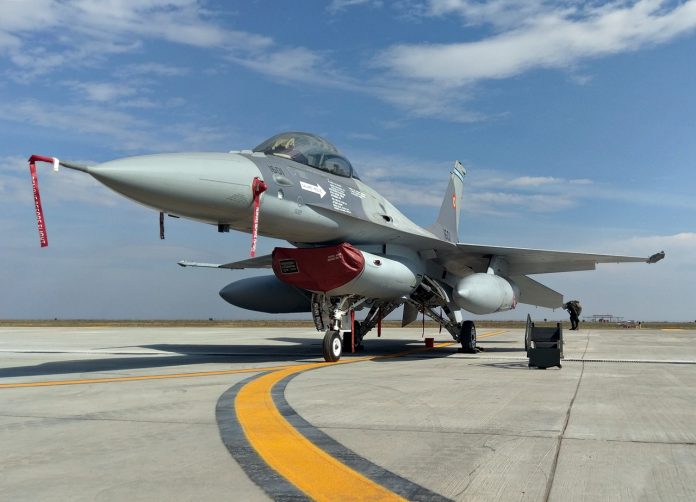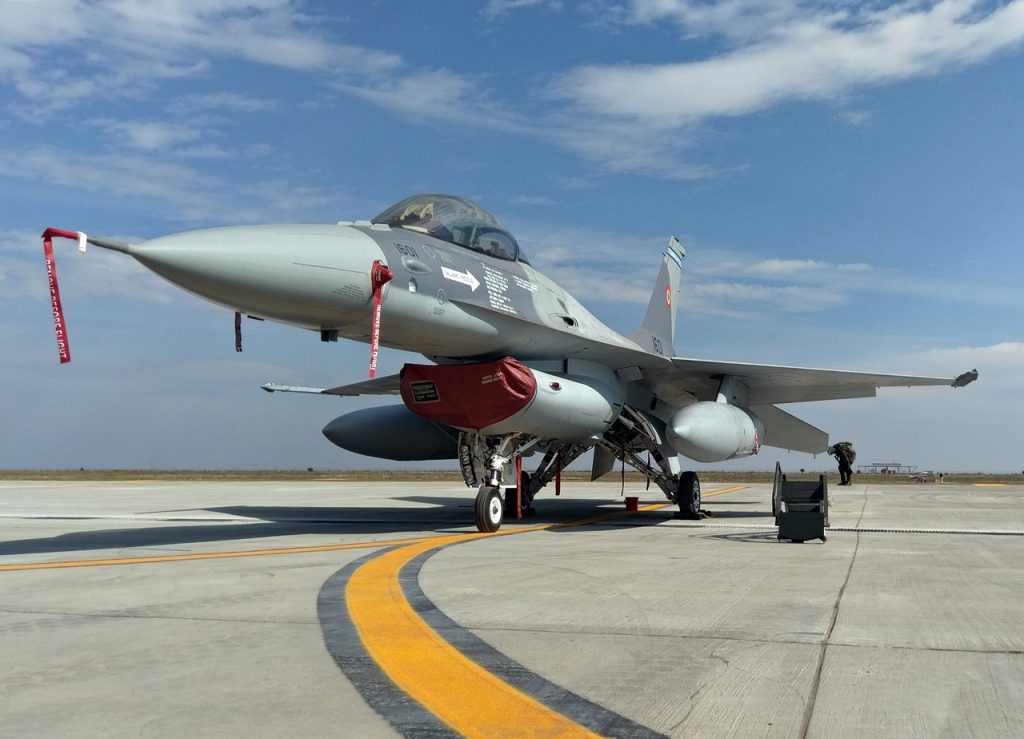
These included a fleet of 18 combat-proven F-16 Fighting Falcons that were transferred for a symbolic fee of one euro. In a time when advanced fighters command tens of millions apiece, the sale between the Netherlands and Romania is much more than a bargain-it’s a calculated geopolitical move. Now flying under Romanian wings, the fighter jets are to be used at the European F-16 Training Center, or EFTC, crucial to NATO’s eastern defense and Ukraine’s survival in the air war against Russia.
The deal reflects a new configuration of European air power: NATO allies are retiring their F-16 fleets in favor of fifth-generation F-35s, and this purchase positions Romania at the center of pilot training and security policy across the region. It also reflects a shifting balance, with European nations preparing to take on more of their own defense in light of the United States reviewing military posture. Here are nine key takeaways from this remarkable transfer.

1. A Symbolic Price with Strategic Weight
The transfer of 18 former Dutch F-16s for one euro recalls earlier symbolic exchanges, such as Germany’s MiG-29s to Poland in 2002. Romania did pay an additional €21 million in VAT for the declared value of the aircraft and logistics package, but the nominal sale price underlines alliance trust and common defense priorities. Romanian Defense Minister Liviu-Ionuț Moșteanu called it “a significant stage” in EFTC’s development, marking Romania’s emergence as a regional hub for NATO and Ukrainian pilot training.
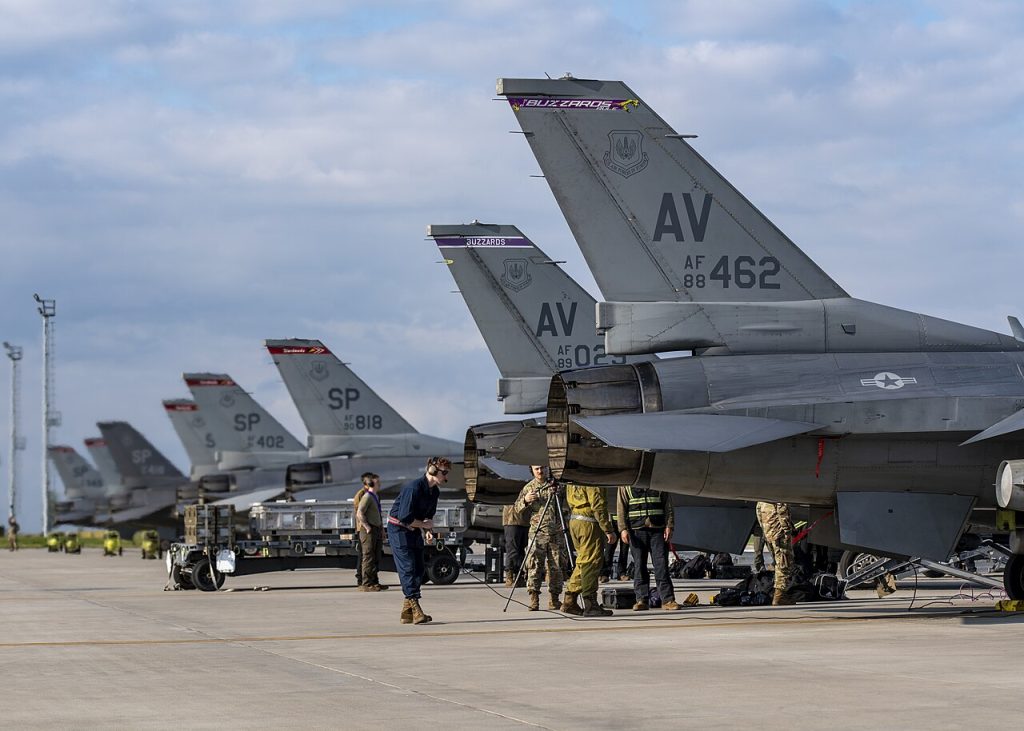
2. The European F-16 Training Center: An Expanding Role
Based in the 86th Air Base in Fetești, the EFTC was established in 2023 by Romania, the Netherlands, and Lockheed Martin. While initially focused on training Romanian pilots, the center started training Ukrainian trainees in 2024. The center conducts conversion and tactical training, with missions flown strictly in NATO airspace. Dutch Minister of Defense Ruben Brekelmans described it as “a textbook example of successful cooperation” that enables active participation by pilots in protection activities against Russian airstrikes in Ukraine.

3. From U.S. Training to Romanian Ownership
At least 12 of the jets transferred had previously trained Dutch pilots in the U.S. and were once slated to be sold to Draken International to provide adversary support before that deal fell through amid changes in U.S. Air Force contracting. The aircraft were overhauled in Belgium before heading to Romania on a winding path emblematic of complex logistics with shifting priorities behind fighter transfers.
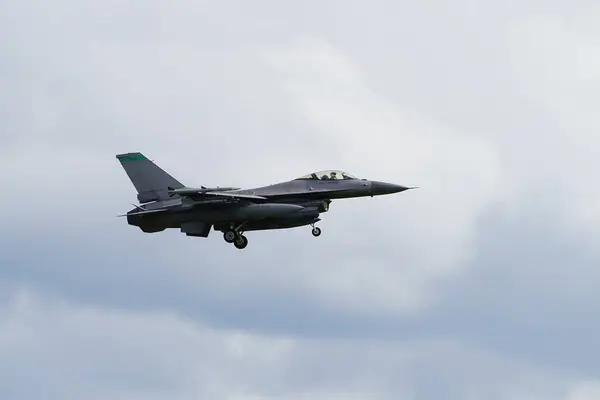
4. Ukraine’s Urgent Pipeline Pilot
While European countries have promised Ukraine a total of 87 F-16s, availability for pilots to fly them creates another choke point. Already, training slots are tight: facilities in Denmark are shutting down, U.S. bases have obligated commitments to other countries, and the Romanian EFTC is still ramping up. The rate at which pilots can go through training will be dependent on the delivery timelines of aircraft, infrastructure, and sustainment requirements, according to Maj. Charlie Dietz, a Pentagon spokesperson. The numbers would suggest that at this rate, Ukraine might not have a full squadron of trained pilots until late 2025.
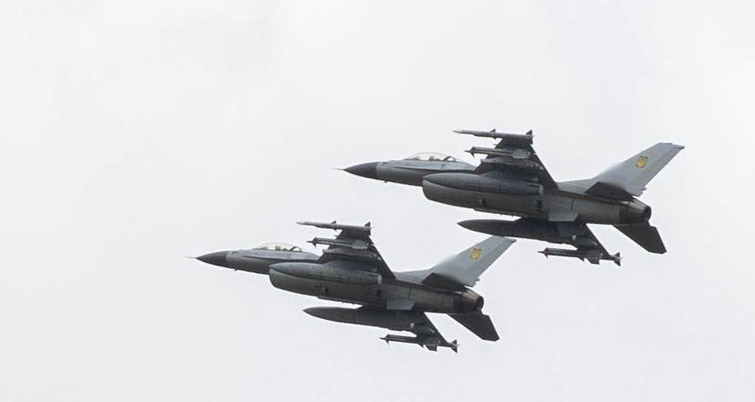
5. Dispersal Tactics for Survival
Russian forces have relentlessly targeted Ukrainian F-16 operations. To reduce its risk, Ukraine is resorting to using mobile truck-mounted complexes for mission planning, maintenance, and weapons preparation-solutions that replace vulnerable fixed-base infrastructure. According to military aviation specialist Tim Robinson, this may be “critical” in keeping Ukraine’s limited F-16 fleet operational-a concept that NATO air forces are watching increasingly under Agile Combat Employment strategies.
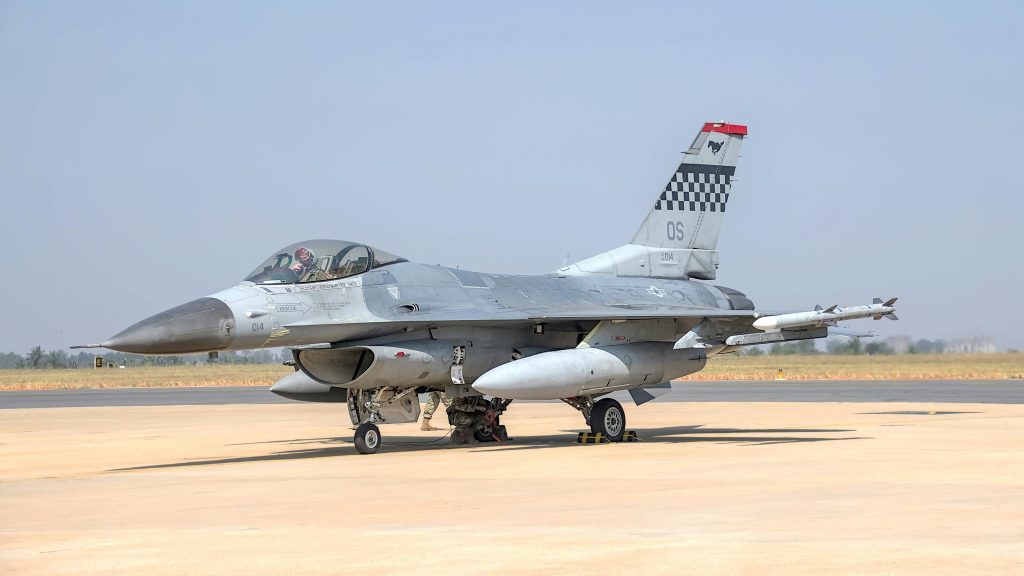
6. Attrition in Combat
The risks are real. Already, Ukraine has lost four F-16s, with three pilots killed in action. Lt. Col. Maksym Ustimenko managed to intercept seven Russian targets before his jet was damaged, crashing on the ground. Strategic analyst Frederik Mertens warned that intercepting low-flying threats at close range can compel pilots to take extreme risks, especially when defending civilian areas.
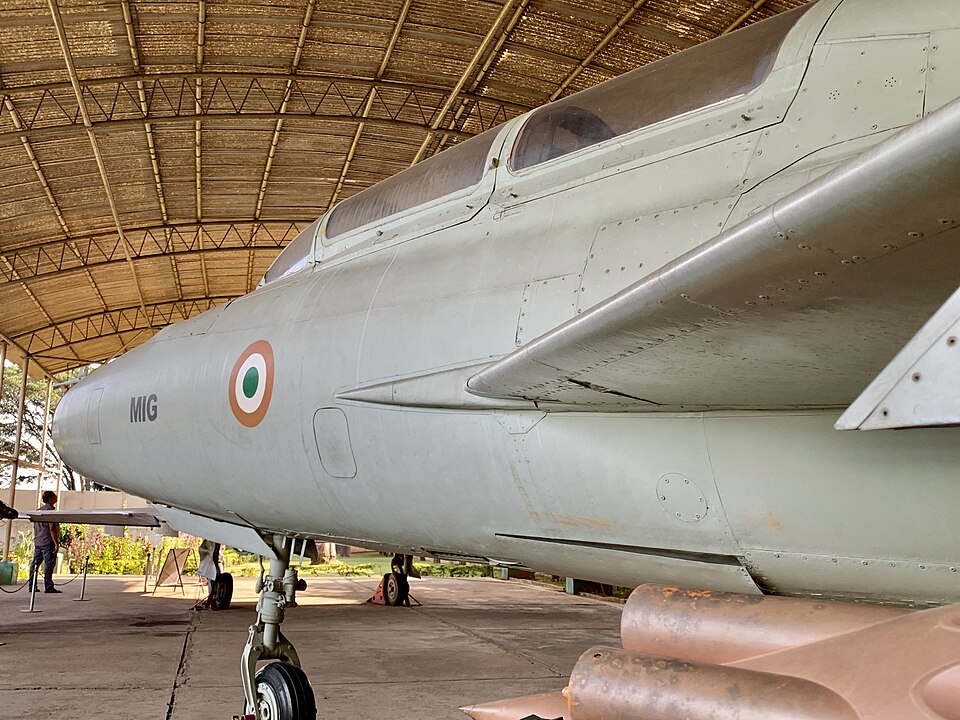
7. Romania’s Switch from MiG-21 to Modern Fighters
The retirement of Soviet-era MiG-21s, first for F-16s and then F-35s in Romania’s fleet, speaks to the obsolescence of the type and interoperability goals with NATO. “It is an amazing transition,” said defense expert George Scutaru, “with pilots undergoing hundreds of hours in theory, simulators, and flight to become mission-ready.” The current fleet of F-16s now serves as a bridge to the introduction of 32 F-35s in the 2030s.
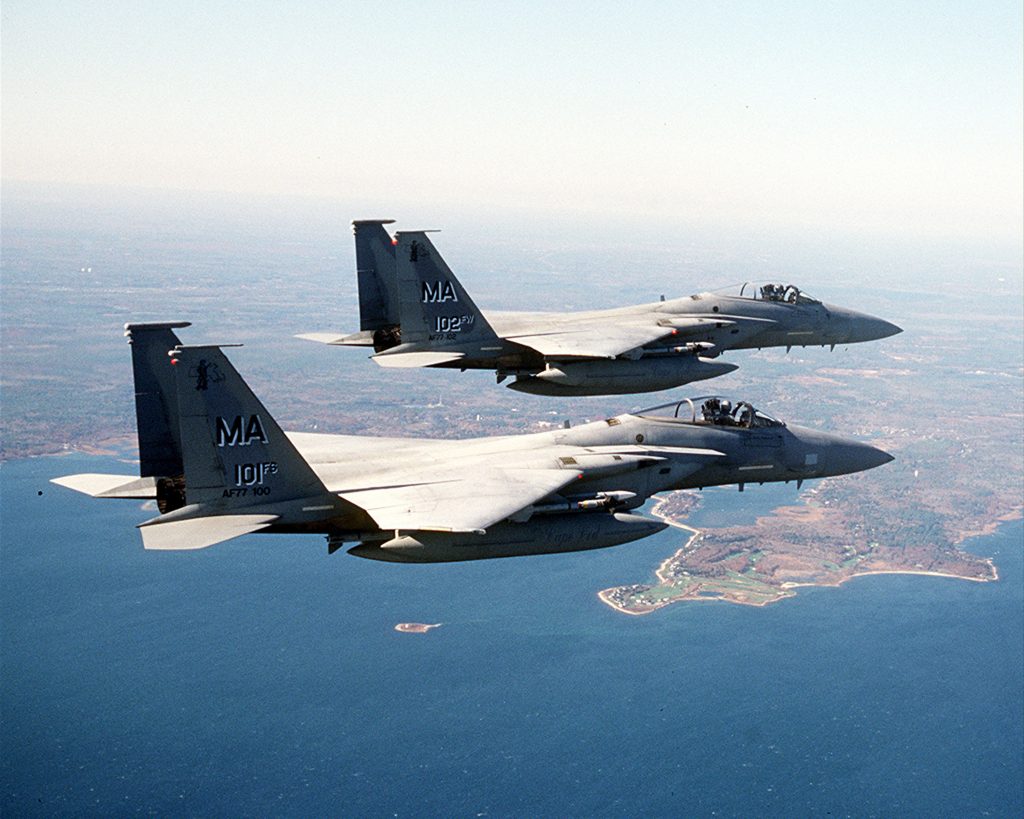
8. Building NATO’s Eastern Flank
Its geographic position on the Black Sea makes Romania a frontline NATO state. The EFTC strengthens deterrence along this flank, and its planned F-35 acquisition will further enhance air policing and interoperability. Those steps, underlined U.S. Ambassador Kathleen Kavalec, “contribute significantly to the long-term defense of the NATO Alliance.” 9. European Self-Reliance Amid U.S. Drawdown The F-16 deal comes together with a U.S. decision to cut back troop rotations in Romania to about 1,000 personnel from a previous 1,700, according to U.S. Army Europe. While the latter portrays it as a sign of increased European capability, analysts such as Giuseppe Spatafora warn it may weaken deterrence within NATO.
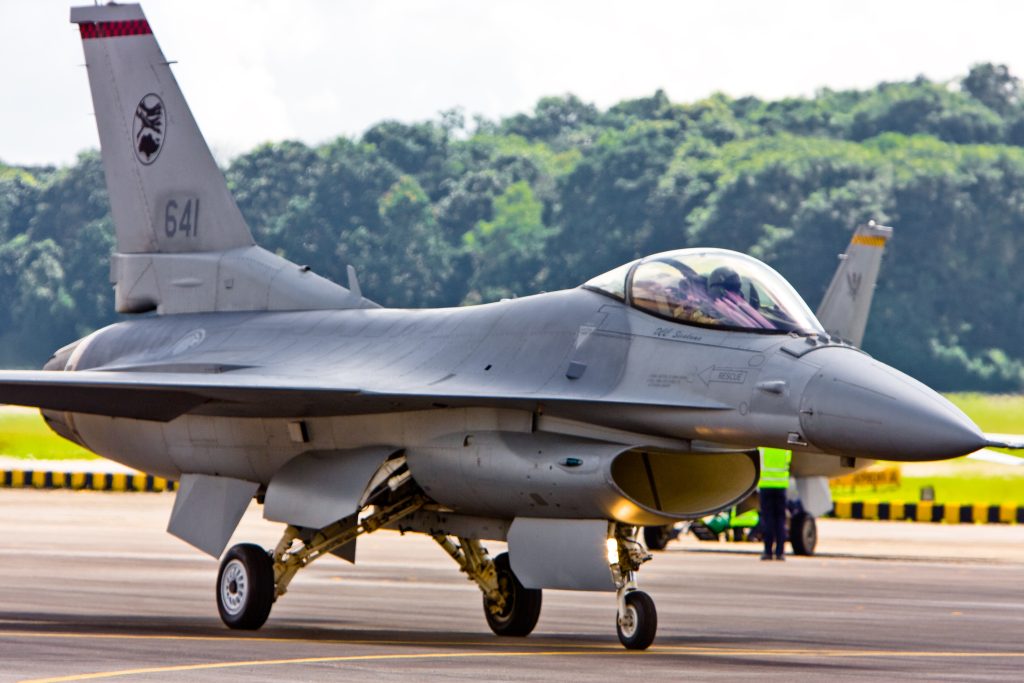
This investment in training and modern fighters on behalf of Romania reflects the changing security landscape directly. More than a symbolic gesture, the one-euro F-16 transfer is a strategic investment in training capacity, alliance interoperability, and regional deterrence. As NATO’s air power increasingly transitions toward fifth-generation fighters, Romania’s role as a training hub for both its own and Ukraine’s pilots will be pivotal. In an environment of evolving threats and shifting U.S. commitments, this move underlines the intent of Europe’s eastern flank to stand stronger, faster, and more self-reliant.
